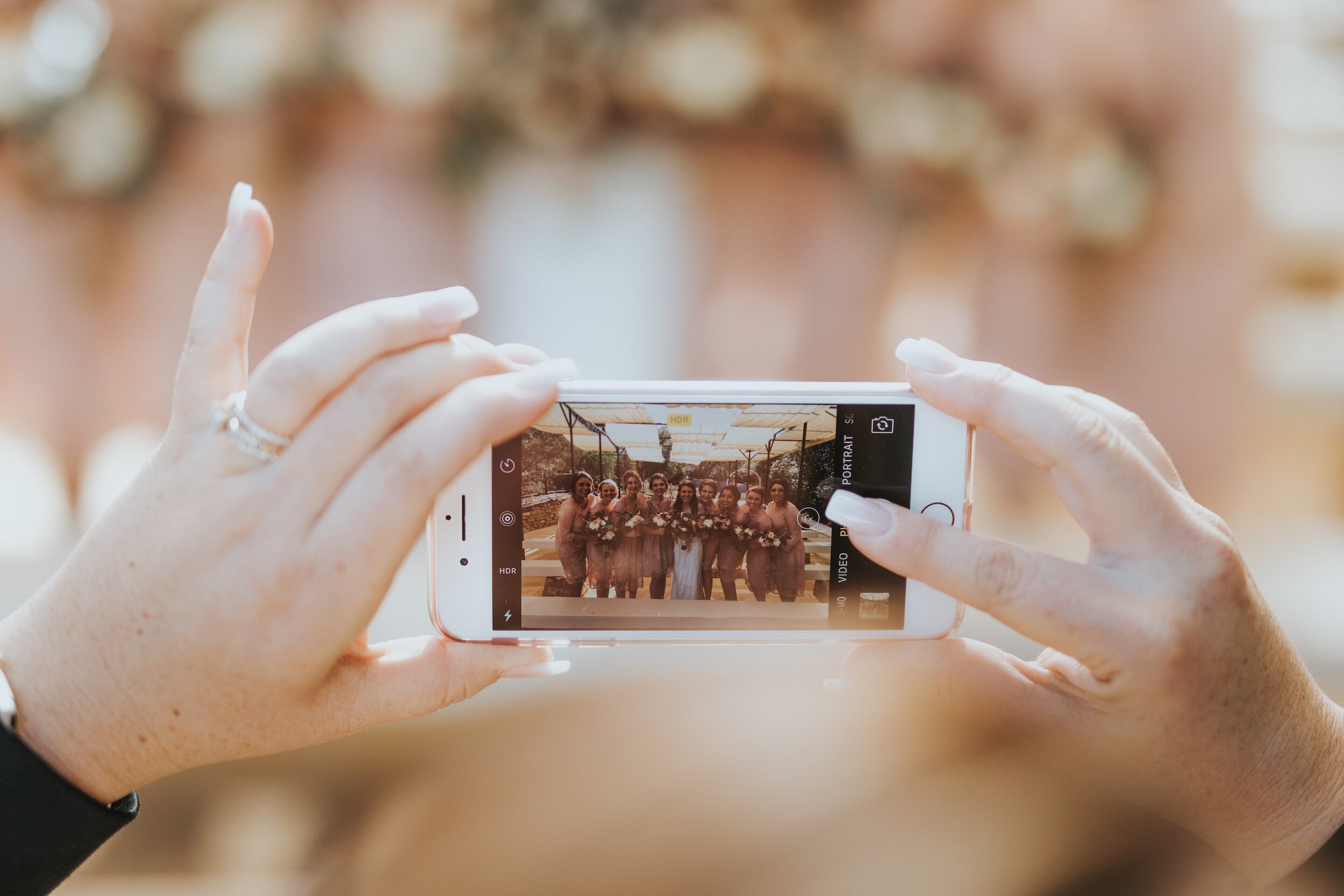Your wedding day is one of the most important days of your life. You want to capture all the special moments – from the walk down the aisle to the first dance – so you can relive them for years to come. Many couples opt for wedding videography to film their big day. But you may also hear about wedding cinematography and wonder how it differs from videography. In this post, we’ll break down the key differences between these two styles of wedding video so you can decide which is best for you.
Capturing the Day’s Events
Traditional wedding videographers focus on documenting the major events of your wedding day. This includes things like the processional, vows, dances, speeches, cake cutting, and more. The goal is to capture all the key moments so you can look back on them later. Videographers often utilize a documentary shooting style, meaning they try to blend into the background and film candidly as events unfold. This provides an accurate visual record of your wedding day from start to finish.
Telling an Artistic Story
Wedding cinematographers also capture your wedding events, but they aim to do so in a more cinematic, story-driven way. Their videos focus less on pure documentation of events and more on crafting an artistic retelling of your wedding day. Cinematographers use high-end cameras and equipment, creative shooting styles, and advanced editing techniques to produce a heavily edited, movie-like film that transforms your wedding into a visual story. The final product often looks like a short film rather than a standard wedding video.
Shooting Styles and Equipment
The shooting style for wedding videography tends to be more understated. Videographers often just set up cameras in key locations to record events, without a lot of complex camera movements or angles. The equipment is geared for utility over aesthetics, capturing clear audio and video in an unobtrusive way.
Cinematographers utilize more sophisticated camera equipment, like stabilized rigs, sliders, drones, and more. This allows them to get creative, cinematic shots. For example, sweeping aerial views, close-ups of the wedding rings, slow-motion shots during the first kiss, and more. The equipment enables more advanced shooting techniques.
The Editing Process
Wedding videography involves fairly straightforward editing. The goal is to create a cohesive video documenting the day’s events in order. Some basic color correction, audio balancing, and transitions are added in post-production, but videos are not heavily altered.
Cinematographers spend much more time editing, using advanced techniques to craft a compelling visual story. Things like color grading, audio design, visual effects, and narrative pacing come into play. Cinematographers shape the raw footage into a polished, cinematic film with a specific mood, style, and story arc. This requires an extensive, creative editing process.
The Choice Is Yours
When deciding between wedding videography and cinematography, consider your priorities. Do you simply want a keepsake to document your wedding day events? Then standard videography is likely the better choice. But if you want your wedding transformed into a cinematic work of art, then opt for a wedding cinematographer to bring your vision to life. Just be prepared to pay more for the additional equipment, production time, and editing that cinematography requires. Whatever you choose, you can rest assured your wedding moments will be preserved for a lifetime of happy memories.
